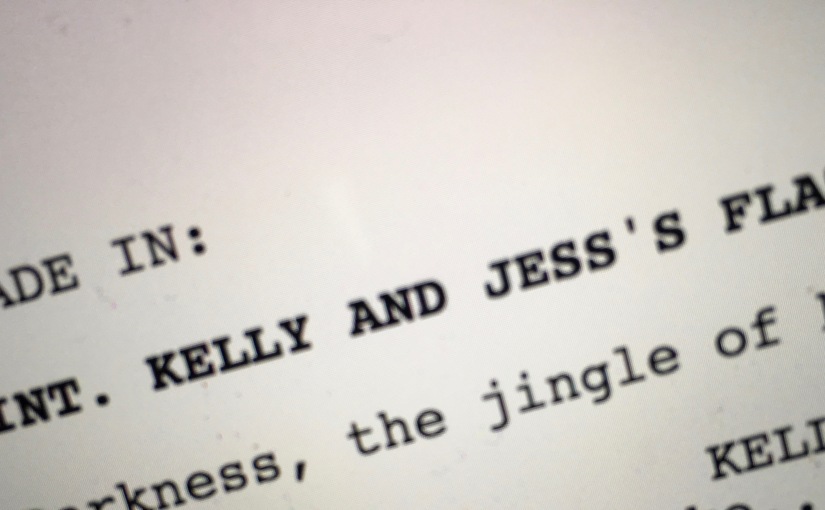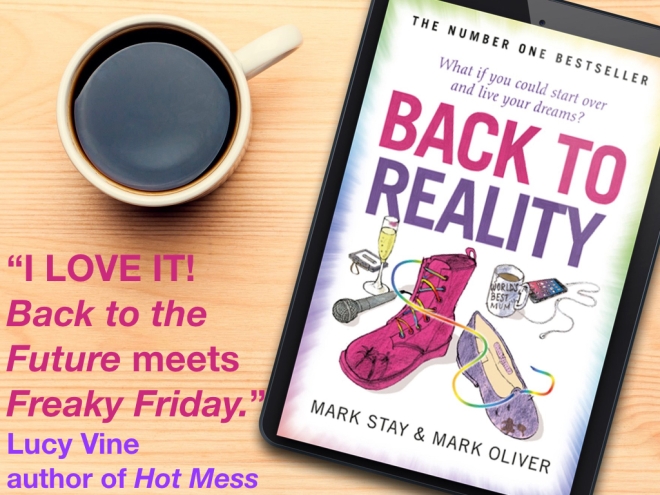This week a friend of mine asked me to take a look at his first-ever screenplay. He’s a novelist, with a succesful historical fiction series at a major publisher, and he was adapting one his novels into a TV pilot. Story-wise it was all pretty ship-shape, but the formatting of his script was a bit skewy, and I thought I would share some of the notes I sent him as it covers a lot of the basics when it comes to formatting your screenplay. Some of the details have been changed to protect the innocent…
Formatting:
You’ll hear all sorts of dictatorial “rules” about how you should or shouldn’t format a screenplay, and there are certain people out there who make lots of money running expensive screenwriting courses who will tell you how your screenplay will be instantly rejected if you ever break one of these sacred rules…
This is, of course, bollocks. All that matters is clarity.
So, when reading what follows, always remember that these are not hard and fast rules. But there are some principles that you should observe if you want to set yourself apart from noob screenwriters.
Scene numbers: Don’t bother with these quite yet. They’re usually added by a line producer just prior to going into production. The screenplay is then locked and any subsequent scene number changes will need to be logged. For example, a scene that’s added between scene 27 and scene 28 will be logged as 27a. However, for the purposes of my feedback I’ll refer to them now, but you should probably delete them before you submit them to your agent or production companies.
Same goes for the (CONTINUED)s at the top and bottom of each page. Most people don’t bother with these, but some screenplay apps have them as a default, so it’s your call if you want to keep them (I find them clunky).
Scene 1. You’ve split LONDON 1792 over two lines. Any titles or subtitles should ideally be on one single line of text.
When introducing a character for the first time put their name in CAPS. This helps the production team identify when a new character appears in the script. It helps to remember that so much of what you put in a script is there to make the lives of the cast and crew easier. It’s also generally accepted that you should really only put the name in caps when the character first appears, and not all the way through the script.
Any sound effects should really be in caps, too. This helps the director, editor and sound designer note when noises will need to be added in post-production.
A note on Wrylies. These are the little bits of direction in parentheses…
ALFRED
(mutters in annoyance)
Bloody fool.
Lose ’em. All of ’em. Okay, maybe allow yourself one every ten pages. Writers put them there to give the actors on guidance on how to say a line, but actors generally hate being told how to act (especially by the writer!) and they should be used very, very sparingly and only when there’s a point of clarity to be made, usually when a line could be read as either straight or sarcastic. That’s why they’re called wrylies… he said wryly.
I can understand that in your case that you’re trying to preserve the intention in your novel. When writing dialogue in a novel you have far more control over how that line will be interpreted. But in film and TV you’re going to have to learn to trust the actor and director, and they’ll surprise you and will often bring something new and wonderful to the line that you might not have thought of.
Sluglines
Scenes 3, 4, 5 and more simply say CORRIDOR or STAIRWAY. Yes, these scenes follow on from one to the next, but remember that these are used as guides for the reader and the production team and will sometimes be read in isolation from the rest of the script. So maybe go with:
INT. CORRIDOR – CONTINUOUS
This lets the reader know that that the scene is set inside and continues from the previous scene.
However, with a pre-production draft I think it’s it’s fine to leave them off if you think it makes the script a faster, easier read. But when you go into production the sluglines will be made to work harder.
When I started out I found The Screenwriter’s Bible to be helpful on formatting, but to be honest why not just read a whole bunch of scripts for free? One of the best resources is the BBC Writers’ Room Script Library. Hundreds of free TV, film and radio scrips all available to download legally and freely. You’ll learn tons!
And, for variety, why not check out scripts by the likes of Tarantino or Wes Anderson. They ignore a lot of screenplay conventions and they seem to be doing pretty well for themselves.
Caveat: there are no rules, only principals, and what matters most is clarity. If you can, try and wangle a day on a film set. Watch how everyone works with the script, and when you’re next writing, try and put yourself in the shoes of the director, the actors, and the production team. Good luck!
While you’re here, check out my new grimfun fantasy novel The End of Magic…



